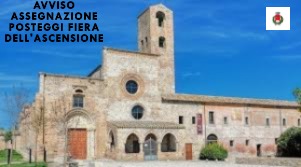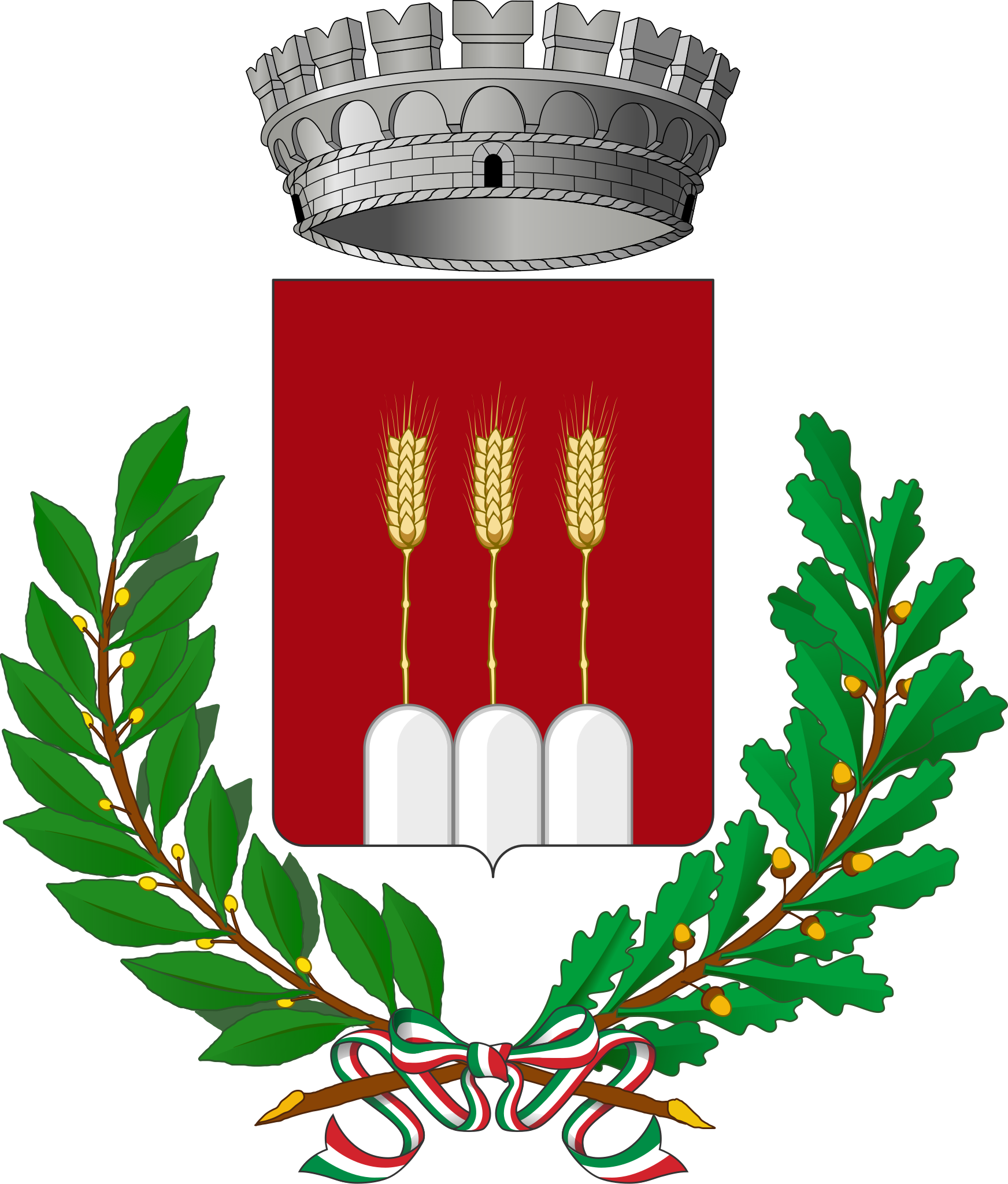
30 aprile 2025
Soggiorno giornaliero per ciclo di cure termali Terme di Popoli 2025
Soggiorno giornaliero per ciclo di cure termali Terme di Popoli 2025
Leggi di più
Avviso pubblico per l’assegnazione dei posteggi per la Fiera dell’Ascensione
Imprese Leggi di più
Soggiorno giornaliero per ciclo di cure termali Terme di Popoli 2025
Leggi di più
Possibilità di voto domiciliare per elettori affetti da infermità che ne rendano impossibile l'allontanamento dall'abitazione
Leggi di più
Manifesto di Convocazione dei Comizi Elettorali per i referendum abrogativi di domenica 8 e lunedì 9 giugno 2025
Leggi di più
Preventiva disponibilità a svolgere la funzione di scrutatore o presidente di seggio elettorale in caso di necessità
Leggi di più
Avviso chiusura Uffici Comunali 17 Aprile 2025
Leggi di più
Avviso pubblico per la presentazione della domanda di iscrizione al centro diurno per l'inclusione Rurabilandia
Leggi di più